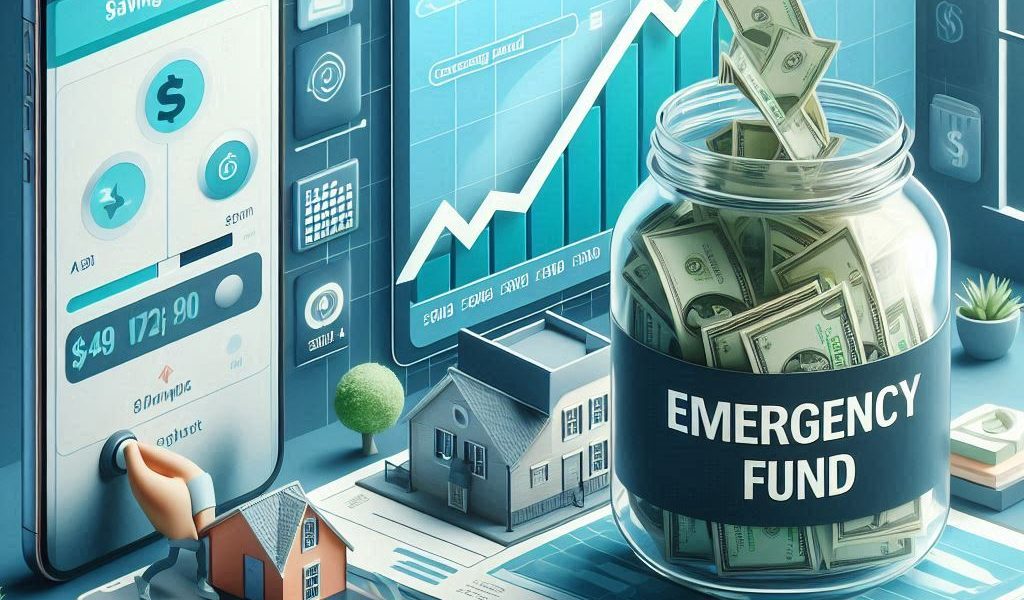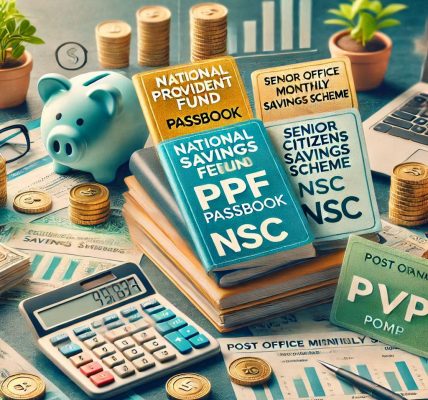Life is unpredictable. From sudden medical expenses to unforeseen job loss, emergencies can happen at any time, and having an emergency fund can be a life-saver. The key to preparing for these unexpected financial challenges is to start early and save consistently. One of the most effective ways to achieve this is by utilizing a saving plan. But how can you use a saving plan to build a robust emergency fund?
In this blog, we will explore how a saving plan can help you create an emergency fund, and why it’s one of the smartest financial decisions you can make.
What is an Emergency Fund?
An emergency fund is a set amount of money that you keep aside for unexpected financial emergencies. This fund serves as a safety net to cover urgent expenses like medical bills, car repairs, home maintenance, or even job loss.
Experts recommend that your emergency fund should ideally cover 3 to 6 months of your living expenses, ensuring that you can maintain your lifestyle while dealing with any unforeseen situations.
Why Use a Saving Plan to Build Your Emergency Fund?
While it’s easy to say, “I’ll save for an emergency fund,” actually building one requires consistency and discipline. Here’s where a saving plan becomes invaluable.
A saving plan is a structured method of saving, often involving regular, scheduled deposits into a savings account, fixed deposit, or any other investment tool. When you utilize a saving plan for your emergency fund, you can ensure that your savings grow systematically, without relying on sudden bursts of motivation.
Benefits of Using a Saving Plan for Your Emergency Fund:
- Consistency and Discipline: Saving plans require regular contributions. This helps develop a habit of consistent saving, making it easier to build your emergency fund without the temptation to spend.
- Goal-Oriented Saving: Saving plans are often designed to help you achieve specific financial goals. By setting the goal of building an emergency fund, you can track your progress and stay motivated.
- Safe and Accessible: Many saving plans are low-risk and provide easy access to your funds when needed most. While some plans may have lock-in periods, you can always choose ones that allow early withdrawal with minimal penalties, ensuring liquidity during emergencies.
- Tax Benefits: Some saving plans, like PPF (Public Provident Fund) or NSC (National Savings Certificate), offer tax benefits under section 80C. This can make your emergency fund not only an essential financial cushion but also a tax-saving tool.
Steps to Use a Saving Plan to Build Your Emergency Fund
Step 1: Determine the Amount You Need
The first step in building an emergency fund is figuring out how much money you need to set aside. Experts recommend saving enough to cover 3 to 6 months of living expenses. To calculate this:
- Add up your monthly expenses (rent, groceries, utilities, insurance, etc.).
- Multiply this amount by the number of months you want to cover (typically 3 to 6 months).
For example, if your monthly expenses total ₹30,000, you should aim for an emergency fund of ₹90,000 to ₹1,80,000.
Step 2: Choose the Right Saving Plan
Next, choose a saving plan that aligns with your financial goals and risk tolerance. Here are a few options to consider:
- Recurring Deposits (RDs): If you want a guaranteed, low-risk option, recurring deposits are ideal. You contribute a fixed amount every month, and the bank pays you interest. The returns are predictable, and you can easily access the funds when needed.
- Public Provident Fund (PPF): A long-term, tax-saving option that also helps you build an emergency fund. While PPF has a lock-in period of 15 years, partial withdrawals are allowed after 6 years, making it a good option for long-term savings.
- Liquid Mutual Funds: For those willing to take a bit more risk, liquid mutual funds offer higher returns than traditional savings accounts or fixed deposits. They are low-risk, short-duration funds that can be easily redeemed in case of emergencies.
- High-Interest Savings Accounts: If you’re looking for easy liquidity, a high-interest savings account can be an effective tool. While the interest rates are not as high as other options, your funds are immediately accessible in case of an emergency.
Step 3: Set a Monthly Contribution Amount
Once you’ve chosen your saving plan, the next step is to decide how much money you will contribute each month. Set up automatic transfers from your primary account to your emergency fund savings plan. This will ensure that you are saving consistently without the temptation to spend the money elsewhere.
For example, if you aim to build an emergency fund of ₹1,00,000 over the next 12 months, you would need to save approximately ₹8,333 each month. This approach breaks down your goal into manageable steps.
Step 4: Track Your Progress
As you continue contributing to your emergency fund, it’s essential to track your progress. Many saving plans come with mobile apps or online tools that allow you to monitor how much you’ve saved and how much interest you’ve earned. Regular tracking will help you stay motivated and ensure that you’re on the right track to meeting your goal.
Step 5: Adjust When Necessary
Life circumstances change, and so do your financial goals. If you face an unexpected expense or experience a drop in income, consider adjusting your contribution amount. It’s important to remain flexible while still prioritizing building your emergency fund.
How Much Should You Contribute to Your Emergency Fund?
The amount you contribute each month depends on:
- Your current financial situation: If you have more disposable income, you can contribute a larger sum monthly.
- Your timeline: The quicker you want to build your fund, the higher your monthly contributions should be.
- Your investment choice: Depending on the investment option (FD, RD, PPF, etc.), returns may vary, so factor that into your calculations.
Conclusion
Building an emergency fund is one of the smartest financial moves you can make, and using a saving plan is a structured, disciplined way to achieve this goal. With regular contributions, goal-setting, and the right plan, you’ll be prepared for whatever life throws your way.
Start today and take control of your financial future by using a saving plan to build a solid emergency fund that will provide peace of mind in times of need.



